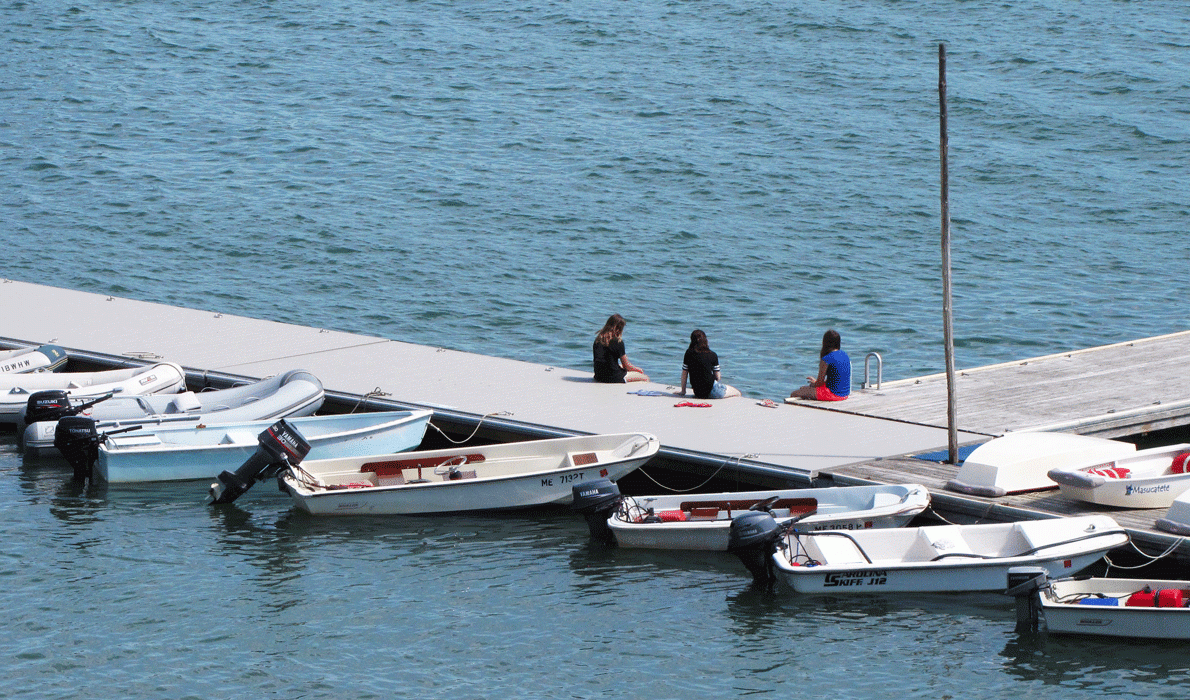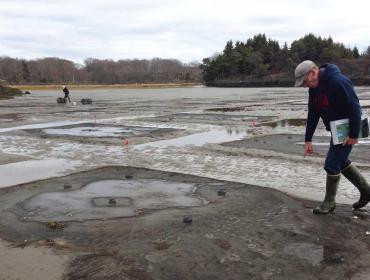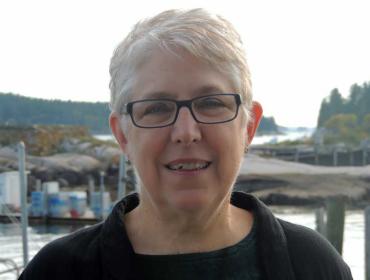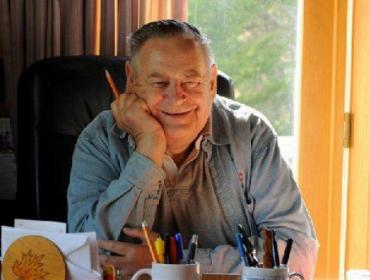Posted September 28, 2018
Last modified September 28, 2018
The swift, ephemeral nature of summer on an island is felt in many ways. The sudden frenzy of activity as caretakers open houses and mow fields, lobster boats leaving their moorings for 12 hours a day, six days a week, and lines forming outside Calderwood Hall just before they open for pizza at 5 p.m. The urgency with which picnics and swims are planned and executed. The packed calendar at Waterman’s Community Center.
The presence of friends in the summer community is ephemeral as well. For ten or 11 months of the year, we follow each other on Facebook and Instagram. Messages are sent and comments are left, but the distance is felt. We might visit them in their “natural habitat” of New York, Philadelphia, or San Francisco, but we’re different people then. They’re in work mode, as actors or authors or lawyers or architects, and we’re on vacation.
But for a month or two, we get to share North Haven, and our bubbles merge into one. It’s exciting to see familiar faces walk or drive off the boat, even as we steel ourselves for the sudden influx of bodies. Although we’re still busy with work (landscaping, music lessons, and play rehearsals replace full-time teaching once school is out) and they’re busy with family, sailing, and tennis, their presence at Waterman’s and Calderwood, or chance encounters in the street, enlivens the summer scene.
The co-mingling of year-round and summer children at Waterman’s camps offers world-expanding opportunities that last generations. Penrose, my extremely gregarious four-year-old, is old enough now that she remembers friends she made at camp last year and eagerly anticipates their return. She’s still grasping the concept of a summer community, and when we saw some particularly close friends come off the boat, she assumed they now lived on North Haven full time, and was disappointed to find out that they would leave in August.
She’s also become our family’s ambassador, and gets invited to more summer family playdates that I ever have cocktail parties (which is fine!). Through her connection to her fellow campers, we’ve made new and wonderful connections as well.
Maintaining friendships between the year-round and summer communities also fosters understanding. One of the first questions I’m asked by new acquaintances in the summer community is “So… what’s it like in the winter?” Blissfully quiet, actually, until about March, when cabin fever sets in, and I try to convey that tactfully, without implying that summer is problematic. Having friends in the year-round community allows seasonal residents to more fully understand that North Haven is a real place, a town with all of the challenges of a town, plus our unique island challenges. Although it may seem to literally appear out of the fog, it isn’t Brigadoon.
By Labor Day, most of our summer friends have gone back to their real lives, and ours continue. Penrose has already said goodbye to a few, and she mourns a little each time. But now she can eagerly anticipate their return in July or August, and know how lucky she is to have a whole new population of friends arrive every summer.
Courtney Naliboff lives, teaches, parents, and writes on North Haven.
Contributed by




